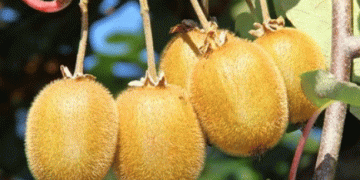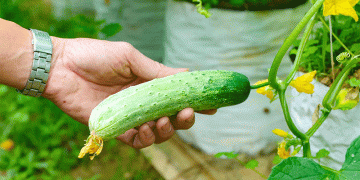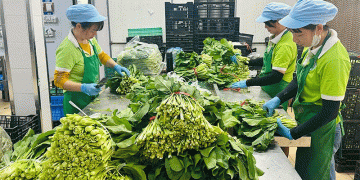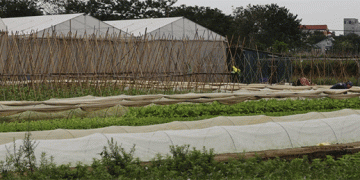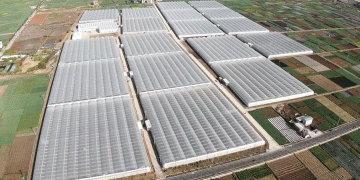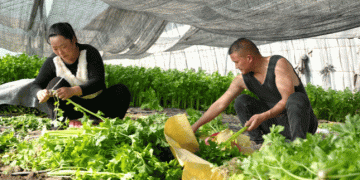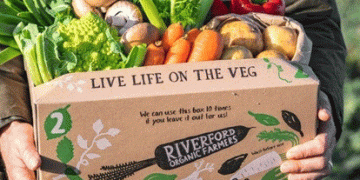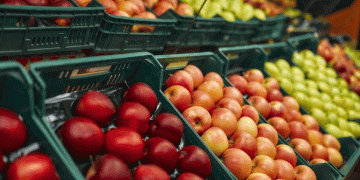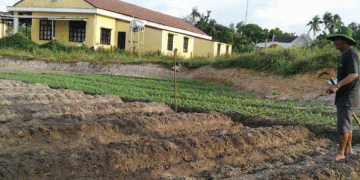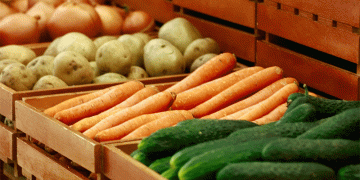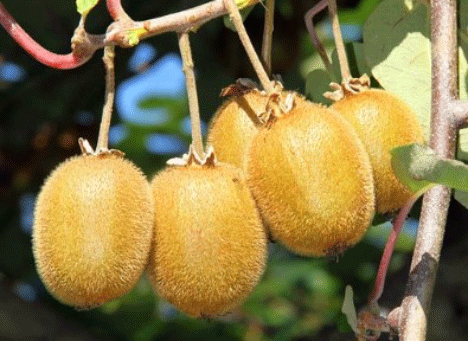Over the last seven years, the kiwi industry in the Southern Hemisphere, including major producers like New Zealand and Chile, has seen a significant decline in production. According to Herreros, kiwi production in these regions has dropped by 28%, with New Zealand experiencing an even sharper decline of 39%. This decrease is attributed to rising production costs, which have rendered the business less profitable for many farmers.
This contraction in the green kiwi market has paved the way for the rise of yellow kiwi varieties, which are gaining popularity among consumers. Herreros highlighted the shift of producers from green to yellow kiwi cultivation as a response to market demands, leading to a combined 33% reduction in kiwi output from the Southern Hemisphere. The shift towards yellow kiwi is a trend that Chilean producers cannot afford to ignore if they wish to remain competitive in global markets.
Global Competition: A Complex Landscape
While Chile faces competition from other kiwi-producing nations, the dynamics are far from uniform. China, which consumes nearly all of its domestic kiwi production, has just started entering the export market. Herreros pointed out that although China is not yet a major competitor, the situation could change as the country ramps up its export capabilities.
The Middle East and Indian markets present another set of challenges for Chile. Iran, a significant kiwi producer, competes directly with Chile in these regions. With Iran’s established presence, Chile must remain vigilant and innovative to maintain its foothold in these markets.
In Europe, which is led by Italy in kiwi production, the industry has faced setbacks due to aging orchards and disease issues. Although Europe remains a key market for kiwis, production has declined by nearly 9% over the past seven years. Greece has emerged as another leading kiwi producer, and Turkey, while not a direct competitor in some markets, has experienced remarkable growth in its kiwi industry, with a 96% increase in production.
The United States has also seen a 9% decline in kiwi production over the past seven years, but it remains an important market for Chilean kiwis. Meanwhile, in the Asia-Pacific region, New Zealand’s Zespri dominates, leaving little room for Chilean producers to compete. Zespri’s presence in Europe and the U.S. further complicates Chile’s ability to establish a stronger market share in these regions.
Challenges and Opportunities in Asia
The Asia-Pacific market poses unique challenges for Chilean kiwi exporters. As Herreros noted, green kiwis have struggled to find favor among Asian consumers, who generally prefer sweeter, less acidic fruits. This preference has allowed Zespri’s yellow kiwi varieties to dominate the market in Japan and other parts of Asia, while Chilean attempts to introduce green kiwis have largely failed.
Last year marked a significant turning point for Chile’s kiwi industry when the country exported zero kiwi boxes to China. Once a promising market, China is now largely self-sufficient in kiwi production, and Zespri’s strong presence further limits Chile’s opportunities. Herreros warned that without substantial improvements to the Chilean kiwi product, the country risks losing its competitive edge in key markets.
Sustainability and Innovation: Keys to the Future
The message from Kiwi Day 2024 was clear: Chile’s kiwi industry must evolve to survive. Herreros emphasized the importance of not only enhancing the quality of the fruit but also promoting sustainability throughout the production process. As global consumers become more conscious of environmental issues, sustainability will play a crucial role in shaping the future of agriculture.
Moreover, the shift towards yellow kiwis offers an opportunity for Chilean producers to adapt to changing consumer preferences. Investing in new varieties, improving production techniques, and ensuring the sustainability of farming practices will be essential steps in maintaining Chile’s presence in the global kiwi market.
Chile’s kiwi industry stands at a pivotal moment. With competition intensifying from established and emerging markets, and a clear shift in consumer preferences towards yellow kiwis, the industry must innovate to thrive. Enhancing product quality, embracing sustainability, and adapting to global market trends will be critical for Chilean producers to maintain their competitive edge. The time for action is now—if Chile wants to remain a major player in the global kiwi industry, it must be ready to meet these challenges head-on.
